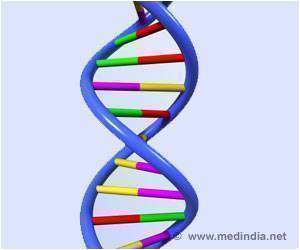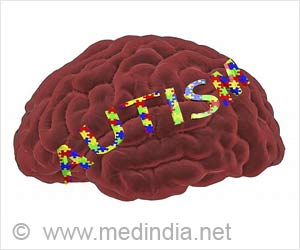New research uncovers protein folding processes, potentially leading to treatments for Alzheimer's and Parkinson's diseases.

Structurally different chemical chaperones show similar mechanical roles with independent molecular mechanisms
Go to source). The team used a technique called covalent magnetic tweezers to observe how individual protein molecules fold and unfold under different conditions and interact with osmolytes.
‘Did You Know?
Alzheimer’s disease affects over 50 million people and Parkinson’s disease affects approximately 10 million people worldwide. #alzheimersdisease #parkinsonsdisease #proteins ’





Small molecules called osmolytes help proteins maintain their structure and function under stressful conditions. Alzheimer’s disease affects over 50 million people and Parkinson’s disease affects approximately 10 million people worldwide. #alzheimersdisease #parkinsonsdisease #proteins ’
"Osmolytes are small molecules that help cells survive stress by stabilizing proteins and preventing them from misfolding. Misfolded proteins can’t perform their functions properly, leading to diseases. Osmolytes are crucial in maintaining the stability of protein structures, making them potential targets for new drugs," said the research team led by Dr Shubhasis Haldar and his student Deep Chaudhuri at the S.N. Bose National Centre.
New Paths to Treating Neurological Diseases
Focusing on a protein called Protein L, the team tested its interaction with two osmolytes -- Trimethylamine N-oxide (TMAO) and trehalose.At higher concentrations, TMAO significantly increased the strength of Protein L, making it more resistant to unfolding. At low concentrations (up to 1M), TMAO had little effect on the unfolding force of the protein.
However, at higher concentrations (1.5M), the unfolding force increased drastically, indicating that TMAO interacts with the folded state of Protein L.
Advertisement
Trehalose, on the other hand, stabilized the unfolded state of the protein, showing that different osmolytes can have varied effects on proteins.
Advertisement
Reference:
- Structurally different chemical chaperones show similar mechanical roles with independent molecular mechanisms - (https://pubs.rsc.org/en/content/articlelanding/2024/nr/d3nr00398a)
Source-IANS











